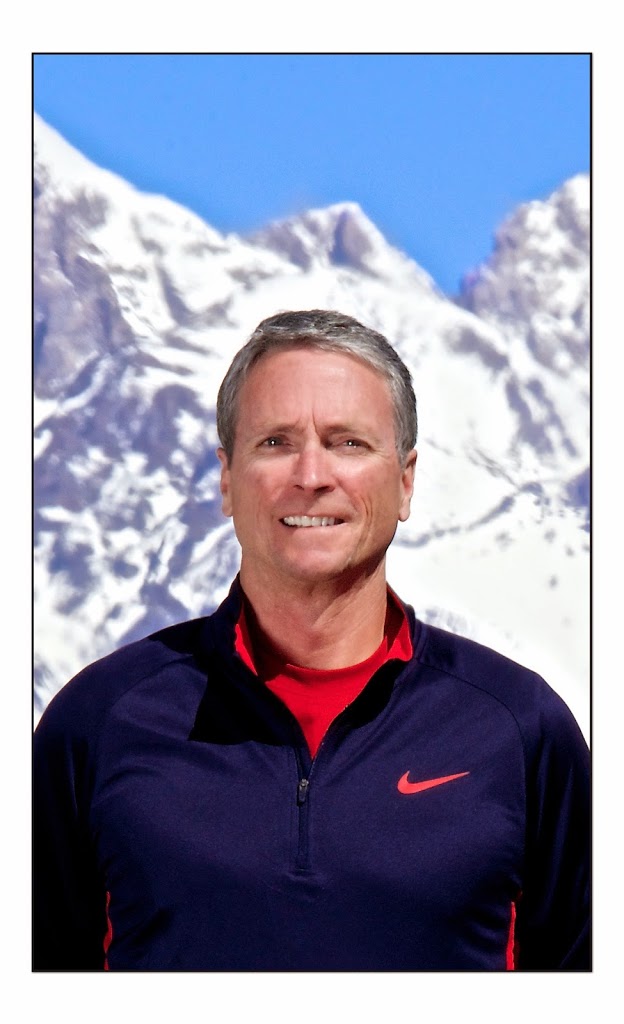 |
| Meteorologist Jim Woodmencey |
(Note: This blog post was re-printed from the Mountain Weather column in the JH News & Guide, Nov. 12, 2014).
Even with the recent snowfall in mid-November, it is a rare day this time of year when someone doesn’t ask me, “What kind of winter are we going to have?” I know what they are really thinking, they want to know how much powder will we get this winter? Will it be the epic winter to end all winters, or will it just be mediocre, or will it be a total bust?
Even with the recent snowfall in mid-November, it is a rare day this time of year when someone doesn’t ask me, “What kind of winter are we going to have?” I know what they are really thinking, they want to know how much powder will we get this winter? Will it be the epic winter to end all winters, or will it just be mediocre, or will it be a total bust?
In an attempt to answer these questions, and save me from having to repeat myself over and over for the next month or so, in this week’s column I will take a look at some of the long-range outlooks and predictions for this coming winter’s weather.
Farmer’s Almanac
One of the most oft-quoted sources of long-range weather prediction is the Farmer’s Almanac. I usually defer to the Old Farmer’s Almanac, the original, familiar, yellow-cover Robert B. Thomas Farmer’s Almanac that was founded in 1792.
Other Almanacs may claim to have been around longer, but this one is the one I have accumulating on my bookshelf from the past 20 years or so. I will tell you what info I plucked out of this year’s edition for this part of western Wyoming, but I will warn you, you may want to cover your eyes or skip this next paragraph, especially if you are prone to weather paranoia.
The Old Farmer’s Almanac 2015 has most of the western U.S. painted into the “mild & dry” category. Western Wyoming and Idaho are expected to have above normal temperatures and below normal snowfall, but above normal precipitation.
I take that to mean, we may see more rain down low, but it should translate to snow up at higher elevations.
Only the Desert Southwest, Arizona and New Mexico fell into the “cold & snowy” categorization. Well, the Midwestern U.S. and the Atlantic Coast, from New Jersey to Rhode Island, also fell into the “cold & snowy” regime, but who cares, there’s no good powder skiing there anyhow.
Now, before you get your Gore-Tex pants in a bunch, let’s look at what the Old Farmer’s Almanac said about last year. They said it would be “cold and snowy”, technically it wasn’t all that cold, and only February and March were snowy. But I’ll give it to them and say that was an accurate forecast of last winter.
But wait, how did they do forecasting the weather this past summer? Oops, they called for “hot & normal precipitation”. That couldn’t be further from correct, as we had a cooler and wetter than normal summer. Therefore, the Almanac’s accuracy rate just dropped to 50-percent.
Climate Prediction Center
Now let’s take a look at what the CPC (Climate Prediction Center) has to say about this coming winter. The CPC is the branch of the National Weather Service that is responsible for doing the long-range weather predicting for the United States.
The CPC has a team of meteorologists and climatologists who sit around all week trying to figure out what the weather is going to do months ahead of time. What they do after a 40-hour workweek of analysis is they assign a probability to whether temperatures or precipitation are going to be above or below normal, for a month or three-month time period.
When their confidence is high, the probability percentage goes up. When they can’t make up their minds for a certain portion of the country, for instance, then they just say there will be “Equal Chances” (EC) of it being above normal, below normal, or near normal.
For this winter, the CPC is pretty confident that we will have above normal temperatures all winter long. However, after a 40-hour workweek, they apparently still have no opinion on how much precipitation we should expect, as we are in the EC category from December to April. (See table).
Last year the CPC had us under above normal temperatures and above normal precipitation for November-December-January. Which was not the case. They then gave us “Equal Chances” for the second half of the winter, January-February-March. Seems like the safe bet, in this case they can be correct, no matter what happens.
Are you getting the feeling that maybe putting your faith in long-range forecasts is a waste of time? As I have always maintained, it is difficult enough trying to figure out what tomorrow’s weather will be, let alone the weather two or three months from now.
But here is my prediction for this winter anyway: We will have “Equal Chances” of the powder skiing being better than it has ever been, worse than last year, or just as good as it always is in Jackson Hole.
|
Climate Prediction Center
Winter Outlook 2014-15 |
||
|
3-Month Outlooks
|
Temperatures
|
Precipitation
|
|
Dec-Jan-Feb
|
Above (33%)
|
EC
|
|
Jan-Feb-Mar
|
Above (40%)
|
EC
|
|
Feb-Mar-Apr
|
Above (40%)
|
EC
|
|
Probability of above or below is given in a percent, higher percentage relates to high confidence. “EC” means that the CPC believes there are “Equal Chances” of being above, below, or normal.
|
||
Jim is the chief meteorologist at mountainweather.com and has been forecasting the weather in Jackson Hole and the Teton Mountains for over 20 years.

